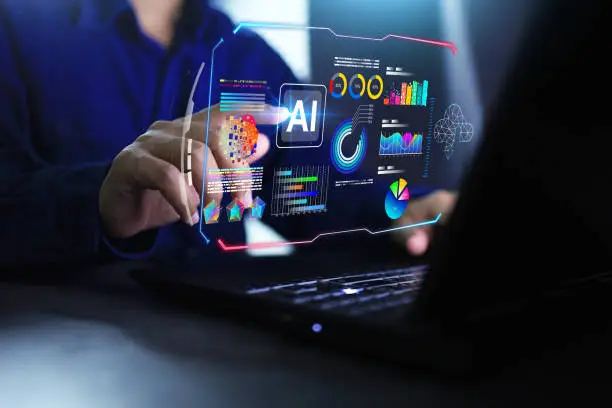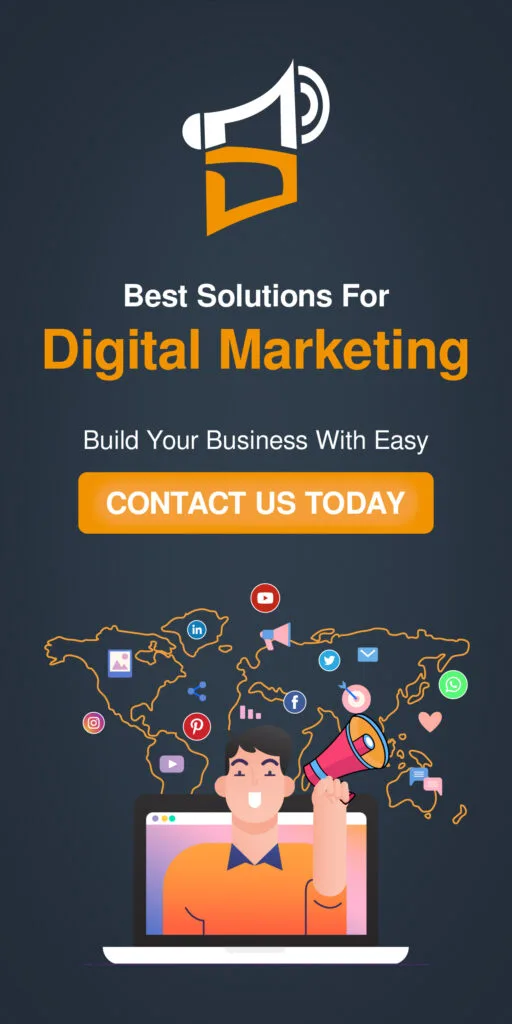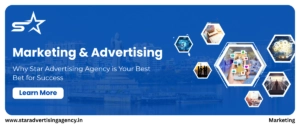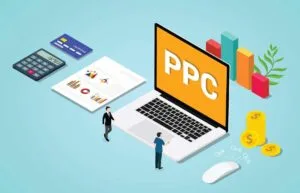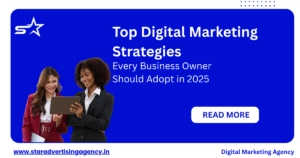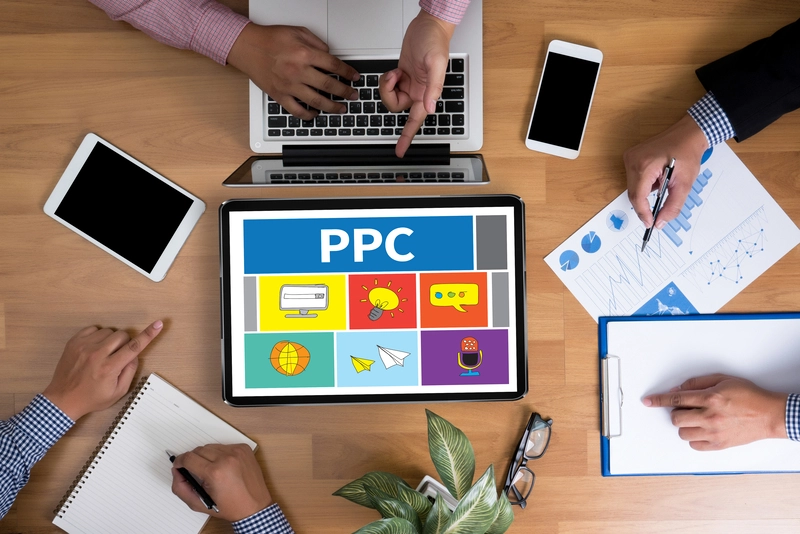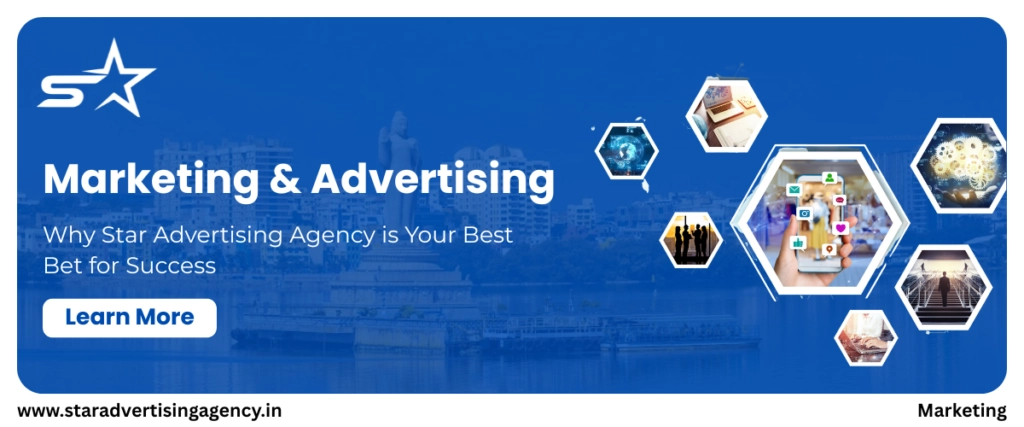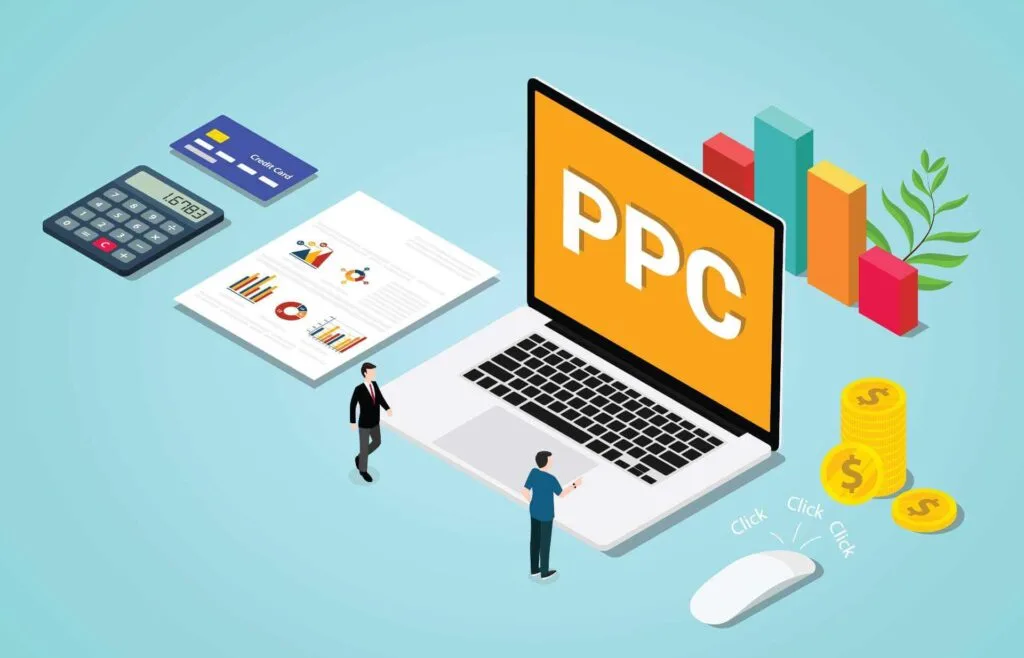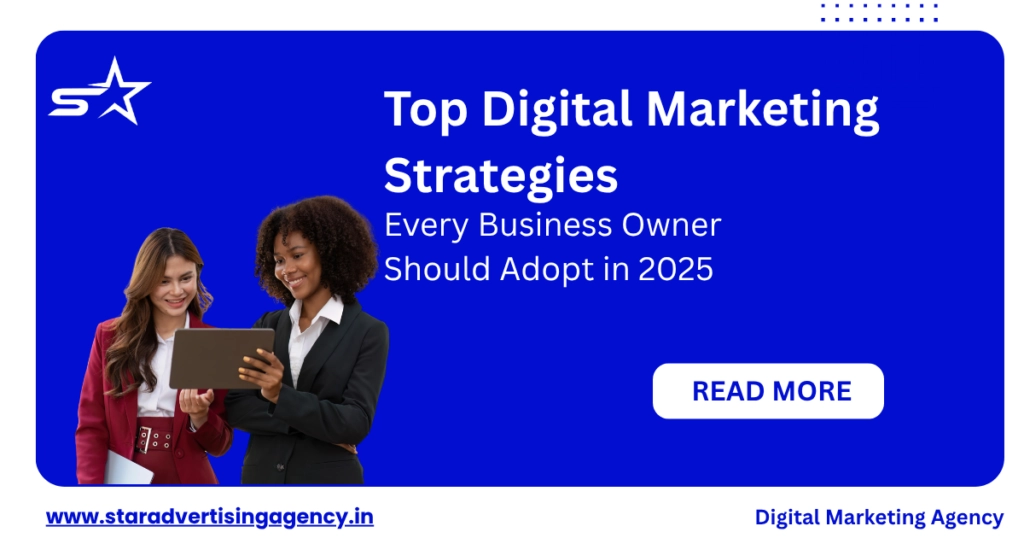
Digital marketing. It sounds like one of those fancy terms tossed around in boardrooms and LinkedIn posts, right? But when you strip away the jargon, it’s simply about one thing: connecting people with brands where they spend their time—online. Whether that’s through Instagram reels, a late-night Google search, or that email you skim through while sipping your morning coffee, digital marketing is everywhere. And yes, agencies like Star Advertising Agency in Hyderabad are right in the thick of it, helping businesses not just show up online, but stand out.
Okay, but what exactly is digital marketing?
At its core, digital marketing is the promotion of products or services through digital channels—think search engines, social media platforms, websites, and email. Traditional marketing had TV commercials and billboards on highways; digital marketing has targeted ads that pop up when you search for “best running shoes near me.” It’s the same principle of reaching people, just in a smarter, more measurable way.
And here’s the thing—digital marketing isn’t one-size-fits-all. Some brands rely heavily on SEO (search engine optimization), making sure their website shows up on the first page of Google. Others invest in paid ads or influencer collaborations. Many do a mix of everything.
So, if you’ve ever clicked a Facebook ad, subscribed to a YouTube channel, or Googled a brand’s reviews before buying—congratulations, you’ve already interacted with digital marketing.
Why does it matter so much?
Let’s be honest: people live online now. According to recent stats, the average person spends more than 6 hours a day on the internet. That’s nearly a third of your life. If businesses don’t show up there, they risk being invisible.
Imagine owning a beautiful shop in the middle of a desert where no one passes by. That’s what it’s like to have a business without digital marketing.
Agencies like Star Advertising Agency understand this really well. They don’t just run campaigns—they craft experiences that feel natural, timely, and relevant. Because here’s the truth: people don’t want to feel like they’re being sold to. They want value, authenticity, and maybe even a little entertainment along the way.
How does digital marketing actually work?
Here’s a simplified breakdown, without the fluff:
- Know your audience. Who are you talking to? A teenager scrolling TikTok at midnight is not the same as a CEO checking LinkedIn during lunch.
- Pick your platforms. Instagram, Google, YouTube, email newsletters—each has its strengths.
- Create content that connects. This could be an SEO-friendly blog post, a funny meme, or an in-depth video tutorial.
- Measure and tweak. Digital marketing is never set-and-forget. Analytics tools tell you what’s working (and what’s not), so you adjust.
- Build relationships, not just sales. The goal isn’t always to sell immediately. Sometimes, it’s about brand awareness, trust, and creating fans before customers.
You know what’s great about this process? It’s trackable. Unlike that giant billboard where you have no idea how many people glanced at it, digital campaigns give you real-time feedback. Did people click your ad? Did they watch your video until the end? Did they buy? You’ll know.
A little digression: the emotional side of it
Here’s something we often forget when we get too technical—marketing is emotional. A clever ad might grab attention, but it’s the story behind it that makes you remember. Why do you follow certain brands on Instagram but scroll past others? Because some feel human. They speak your language.
That’s what separates good campaigns from forgettable ones. And honestly, it’s what makes agencies like Star Advertising Agency valuable—they don’t just throw random ads online; they try to make people feel something.
SEO, social, and everything in between
Let’s touch on the big players:
- SEO (Search Engine Optimization): Ever wondered why one website shows up first on Google and not another? That’s SEO. It’s like making sure your shop is on the busiest street in town instead of a hidden alley.
- Social Media Marketing: Instagram, Facebook, LinkedIn, TikTok—you name it. Social isn’t just about posting pretty pictures; it’s about conversation, community, and sometimes, controversy.
- Pay-Per-Click (PPC): Google Ads and Facebook Ads fall here. Businesses pay for visibility, but only when people actually click.
- Email Marketing: Believe it or not, email still works. A well-timed discount in your inbox? That’s often what tips the scale.
- Content Marketing: Blogs, videos, podcasts—all meant to educate, entertain, and build trust.
When stitched together, these tools create a digital presence that feels almost omnipresent. You search for something once, and suddenly, it’s everywhere you look—creepy or clever, depending on how you see it.
But is it all just ads chasing us around?
Not exactly. Good digital marketing feels less like a push and more like a nudge. You search for Italian recipes, stumble on a blog by a food brand, and then—oh look—they’re selling olive oil too. You’re not forced; you’re guided.
That’s the art: subtlety.
Where Star Advertising Agency fits in
Let’s bring this closer to home. Star Advertising Agency has been helping businesses in Hyderabad and beyond tap into this digital ecosystem. They focus on blending creativity with strategy—meaning they don’t just chase clicks, they chase meaningful connections. For a local business trying to reach global customers, or a startup aiming to dominate its niche, that kind of support can be game-changing.
So, what’s next for digital marketing?
It’s evolving faster than most of us can keep up. AI tools (yes, even ones like me) are shaping how content is created. Voice search is growing—“Hey Siri, find me the nearest coffee shop.” Short-form video is ruling attention spans.
But despite all the shiny new trends, the core truth hasn’t changed: digital marketing is about people. It’s about understanding what they want, when they want it, and how they want to experience it.
And maybe that’s the best way to wrap this up: digital marketing isn’t magic. It’s not reserved for tech giants or billion-dollar budgets. It’s just a smarter way of communicating in a digital-first society. Whether you’re a small café in Hyderabad or a global e-commerce player, the tools are there—you just need the right strategy, and sometimes, the right partner.





